Elasticsearch's open inference API supports the Gemini Developer API. When using Google AI Studio, developers can chat with data in their Elasticsearch indexes, run experiments, and build applications using Google Cloud’s models, such as Gemini 1.5 Flash. AI Studio is where Google releases the latest models from Google DeepMind and is the fastest way to start building with Gemini.
In this blog, we will create a new Google AI Studio project, create an Elasticsearch inference API endpoint to use Gemini 1.5 Flash, and implement a sample chat app to estimate how many ducks fit on an American football field! (Because why not?)
AI Studio API key
To get started, we need to create an API key for AI Studio. Head over to ai.google.dev/aistudio and click “Sign In to Google AI Studio.”
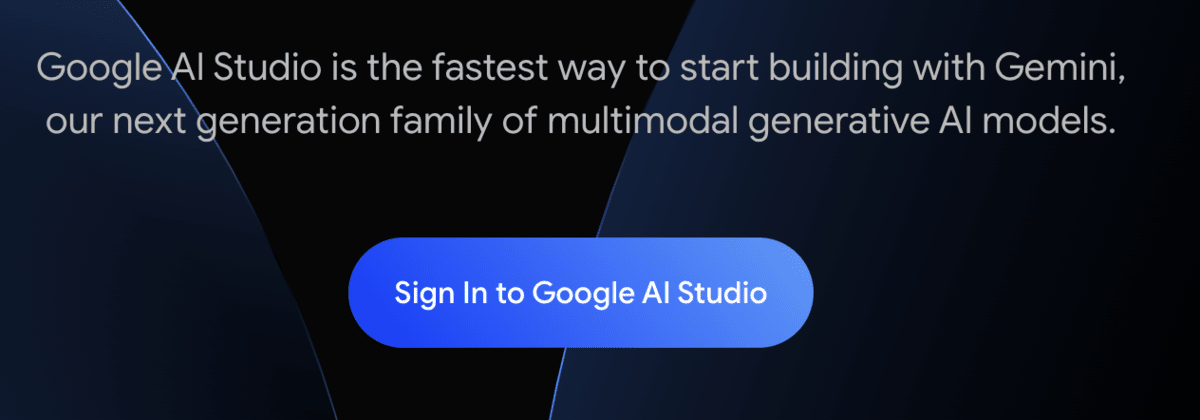
If you aren’t already logged in, you will be prompted to do so. Once logged in, you are presented with two options: using AI Studio in the browser to test prompts with Gemini or creating an API key. We will create an API key to allow Elasticsearch to connect to AI Studio.
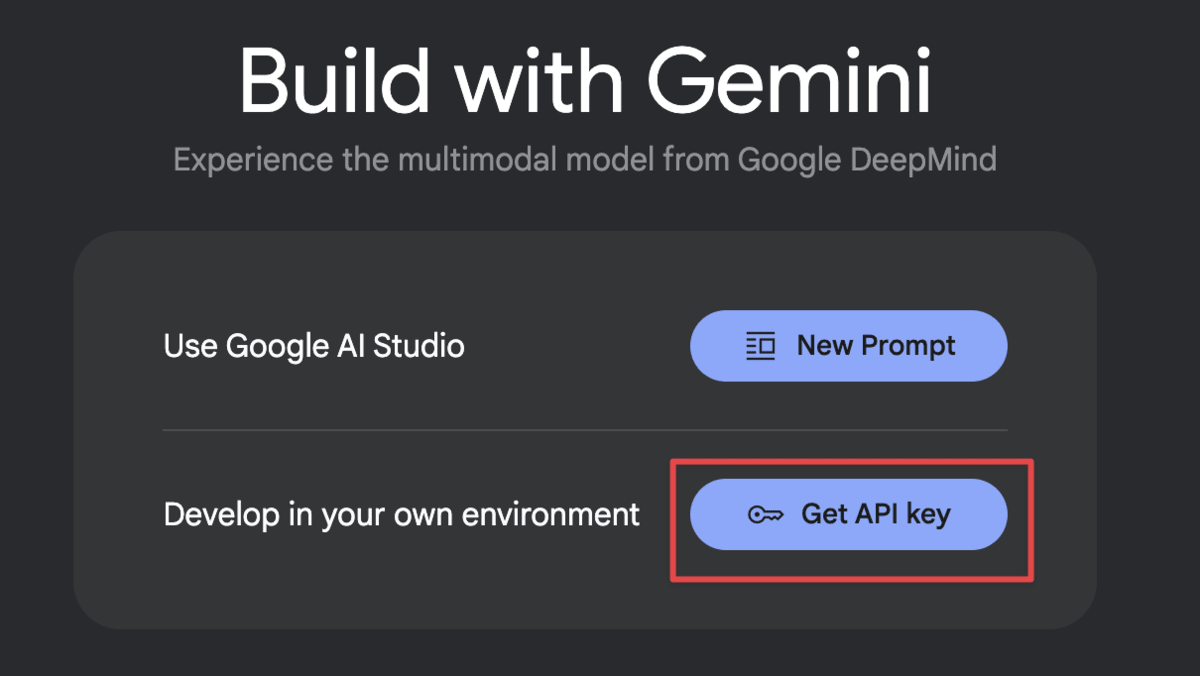
You are prompted to accept Google Cloud’s terms and conditions the first time you create an API key. If you use a personal account, you will be given the option to create an API key in a new project. You may not see that option if you use an enterprise account, depending on your access roles. Either way, you can select an existing project to create the key.
Select an existing project or create a new project.

Copy the generated API key someplace safe for use in the next section.
Elasticsearch Inference API

We will use Python to configure the Inference API to connect to Google AI Studio and test the chat completion with Gemini.
Create the Inference Endpoint
Create an Elasticsearch connection.
es = Elasticsearch(
elasticsearch_url,
api_key=elasticsearch_api_key
)Create the Inference Endpoint to connect to Google AI Studio. For this blog, we will use the Gemini 1.5 Flash model. For a list of available models, consult the Gemini docs.
inference_id = "google_ai_studio"
model_config = {
"service": "googleaistudio",
"service_settings": {
"api_key": google_ai_studio_api_key,
"model_id": google_ai_studio_model_id
}
}
# Create the endpoint
create_endpoint = es.inference.put(
inference_id=inference_id,
task_type="completion",
body=model_config
)Confirm the endpoint was created.
inf_info = es.inference.get(inference_id=inference_id)
print(inf_info.body)The output should be similar to:
{'endpoints': [{'model_id': 'google_ai_studio',
'inference_id': 'google_ai_studio',
'task_type': 'completion',
'service': 'googleaistudio',
'service_settings': {'model_id': 'gemini-1.5-flash',
'rate_limit': {'requests_per_minute': 360}},
'task_settings': {}}]}Chat time!
That's all it takes to create an Elasticsearch API Endpoint to access Google AI Studio! With that done, you can start using it.
We will ask it to estimate how many ducks fit on an American football field. Why? Why not.
response = es.inference.inference(
inference_id=inference_id,
body={"input": "hello"}
)
print(response.body['completion'][0]['result'])Response
It's impossible to give an exact number of ducks that could fit on an American football field without some crucial information:
* **Duck size:** Ducks come in various sizes. Are we talking about mallards, Muscovy ducks, or something else?
* **Duck behavior:** Ducks aren't neatly arranged like bricks. They'll move around, jostle, and likely try to escape. This makes packing them tightly impossible.
* **Field conditions:** Are we talking about a dry field, or one with mud and water? This impacts how ducks can stand and move.
**Here's a more helpful approach:**
* **Area:** An American football field is 100 yards long and 53 1/3 yards wide, for a total area of 5,333 square yards.
* **Duck size:** Let's assume a typical mallard duck is about 2 feet long and 1 foot wide. This gives us a rough area of 2 square feet per duck.
* **Packing density:** Even if we could perfectly pack ducks, we'd need to allow for some space between them. Let's be generous and assume we can fit 4 ducks per square yard.
**Calculation:**
* 5,333 square yards * 4 ducks/square yard = **21,332 ducks**
**However, this is a highly unrealistic estimate.** In reality, you'd likely be able to fit far fewer ducks due to their movement and the need for space.
**It's more fun to imagine the chaos of trying to fit that many ducks on a field!** 🦆🦆🦆Simple and powerful, at the same time
With the addition of Google AI Studio, the Elastic open inference API provides access to a growing choice of powerful generative AI capabilities for developers. Google AI Studio is designed to enable simple, quick generative AI experiments to test your best ideas.
Ready to try this out on your own? Start a free trial.
Want to get Elastic certified? Find out when the next Elasticsearch Engineer training is running!
Related content

October 15, 2025
Training LTR models in Elasticsearch with judgement lists based on user behavior data
Learn how to use UBI data to create judgment lists to automate the training of your Learning to Rank (LTR) models in Elasticsearch.
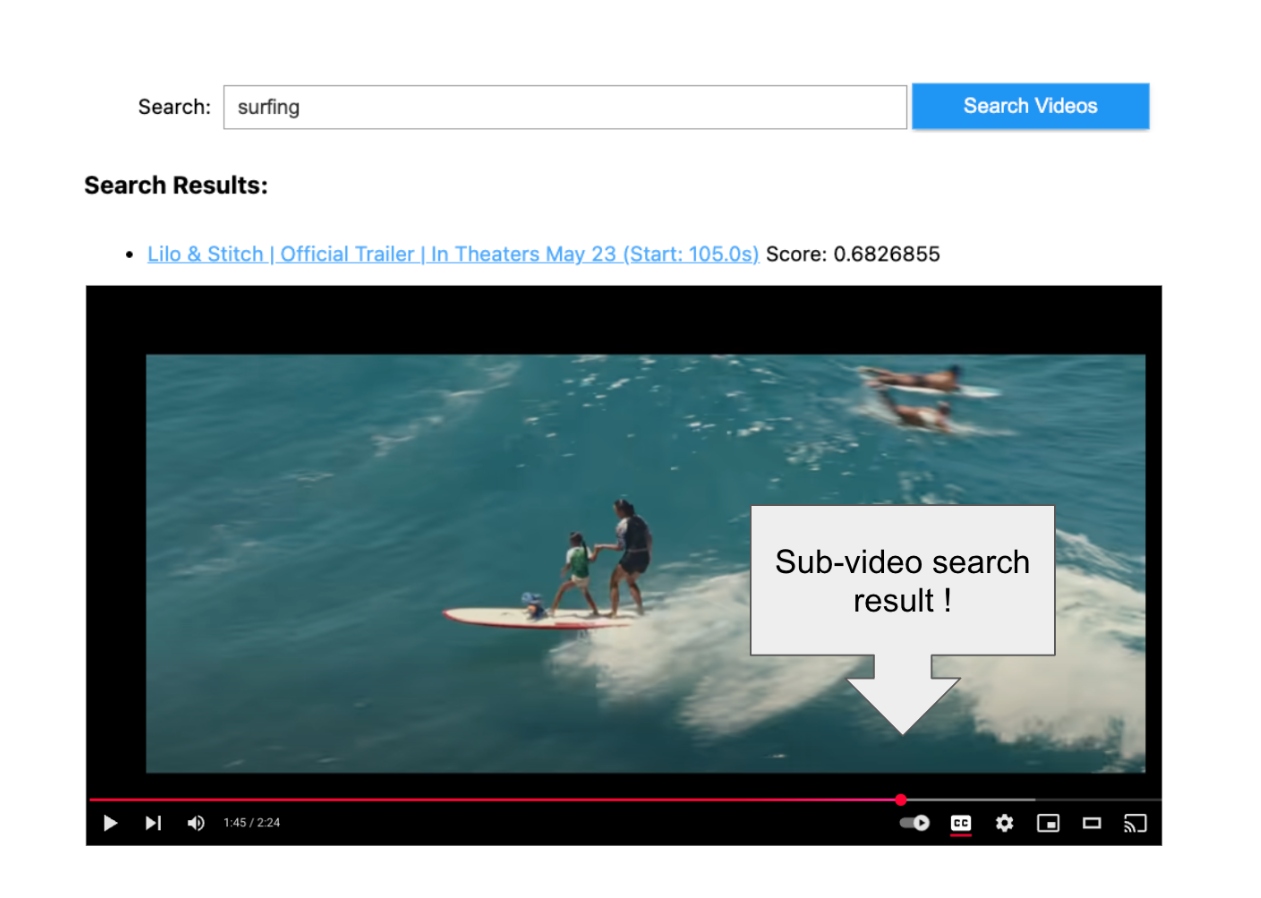
September 19, 2025
Using TwelveLabs’ Marengo video embedding model with Amazon Bedrock and Elasticsearch
Creating a small app to search video embeddings from TwelveLabs' Marengo model.
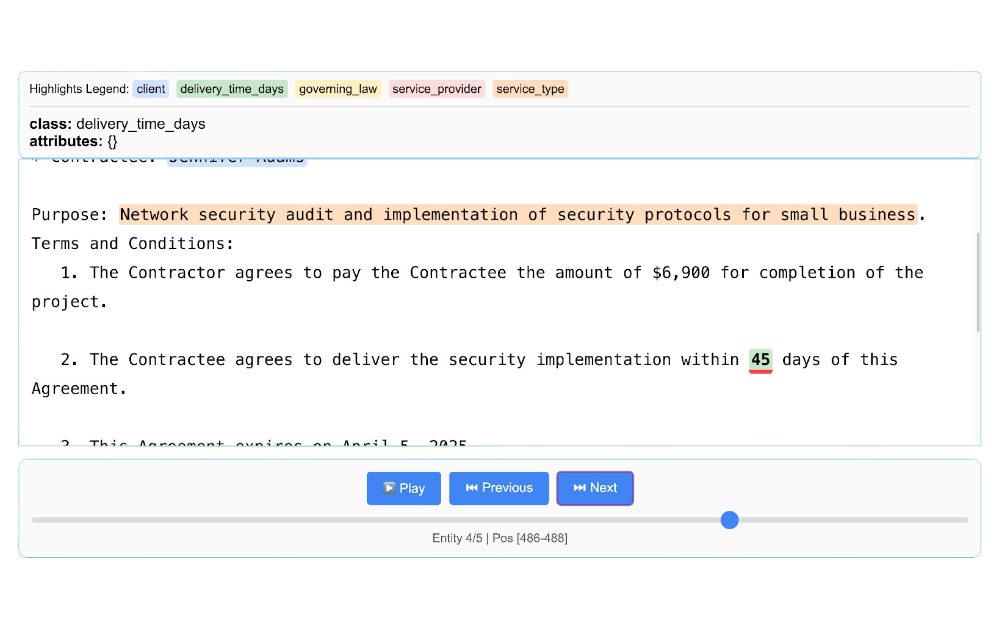
Using LangExtract and Elasticsearch
Learn how to extract structured data from free-form text using LangExtract and store it as fields in Elasticsearch.
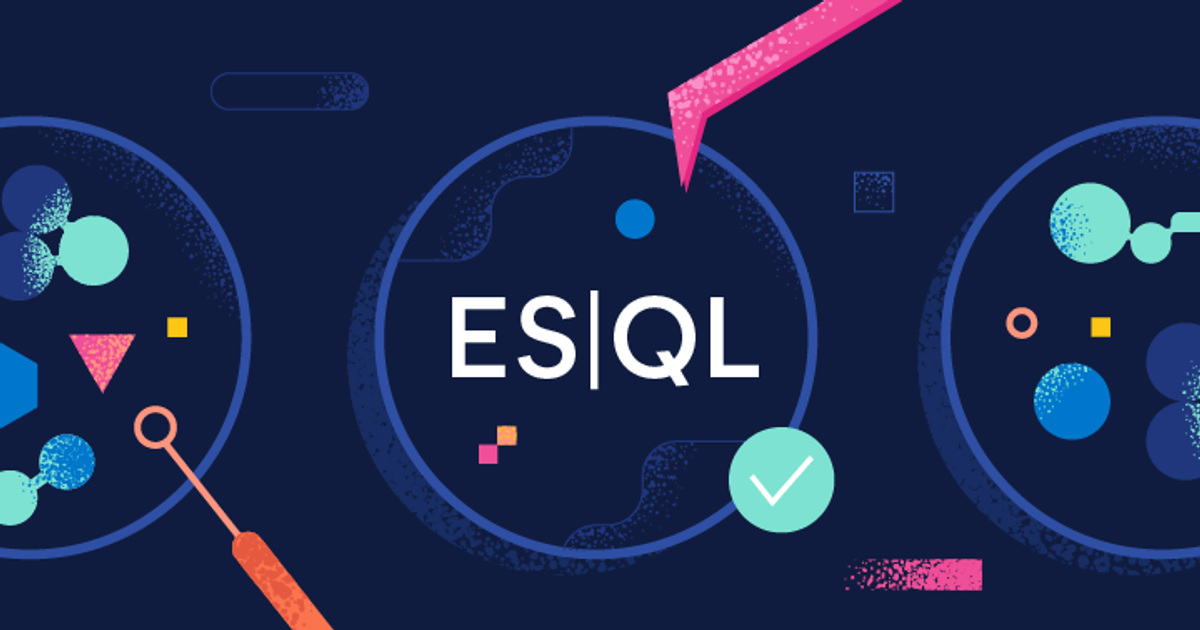
Introducing the ES|QL query builder for the Python Elasticsearch Client
Learn how to use the ES|QL query builder, a new Python Elasticsearch client feature that makes it easier to construct ES|QL queries using a familiar Python syntax.
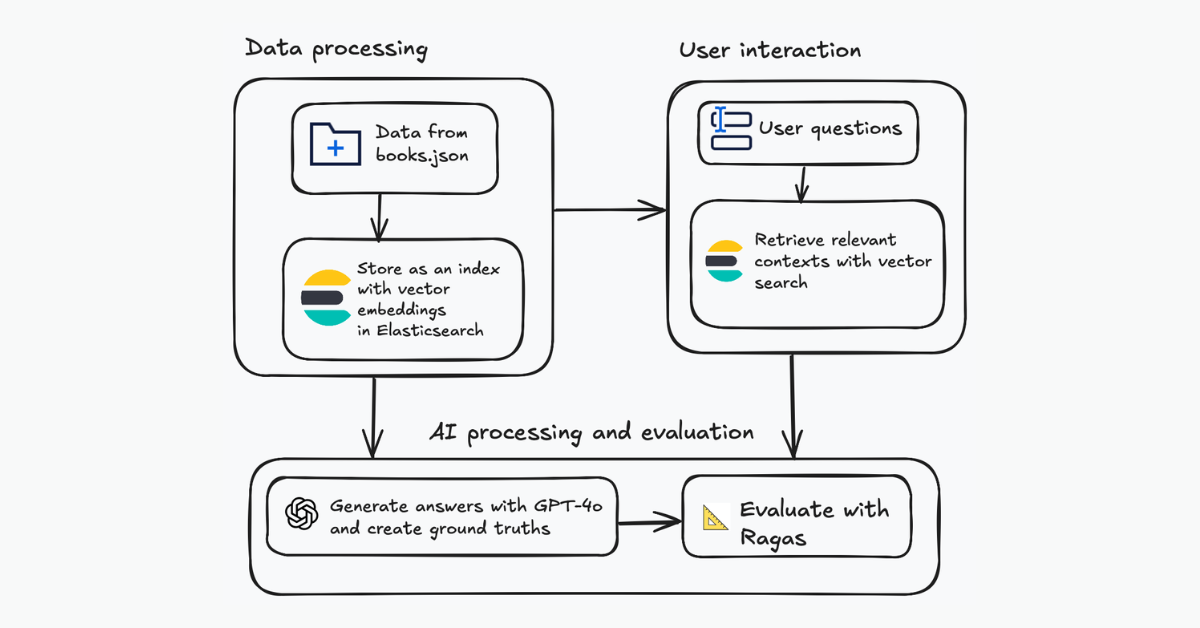
Evaluating your Elasticsearch LLM applications with Ragas
Assessing the quality of a RAG solution using Ragas metrics and Elasticsearch.